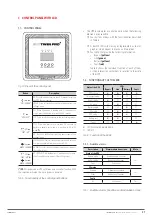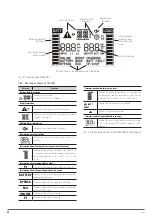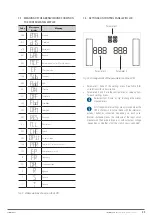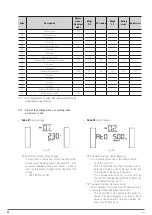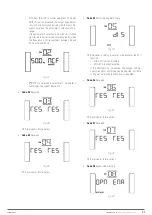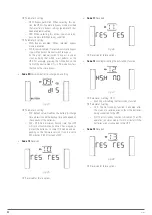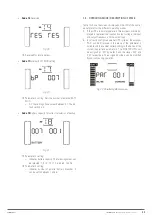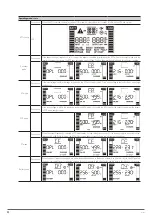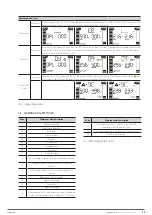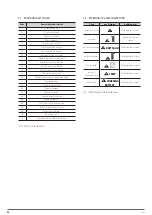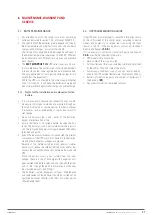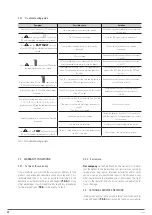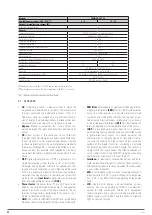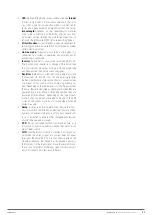
41
•
LED.
Light-emitting diode, a semiconductor device
(diode)
that emits light that is almost monochromatic, that is to
say, it has a very narrow spectrum when it is polarised di-
rectly and is penetrated by an electric current. The colour
(wavelength)
depends on the semiconductor material
used in the construction of the diode, and can vary from
ultraviolet, passing through the visible light spectrum, to
infrared, the latter called IRED (infra-red emitting diode).
•
Circuit breaker.
A circuit breaker is a device capable of in-
terrupting the electrical current of a circuit when it exceeds
certain maximum values.
•
On-line mode.
A device is said to be on-line when it is
connected to a system, is operative, and normally has its
power supply connected.
•
Inverter.
An inverter is a circuit used to convert DC into AC.
The function of an inverter is to change a DC input voltage
to a symmetrical AC output voltage, with the magnitude
and frequency desired by the user or designer.
•
Rectifier.
In electronics, a rectifier is the element or circuit
that converts AC into DC. This is done by using rectifier
diodes, whether solid state semiconductors, vacuum valves
or gaseous valves, such as those containing mercury va-
pour. Depending on the characteristics of the AC power that
they use, they are classified as single-phase when they are
powered by a mains phase or three-phase when they are
powered by three phases. Depending on the type of recti-
fication, they can be half wave when only one of the half
cycles of the current is used or full wave when both half
cycles are used.
•
Relay.
A relay is an electromechanical device that func-
tions as a switch controlled by an electrical circuit in which,
by means of an electromagnet, a set of one or several con-
tacts is activated to enable other independent electrical
circuits to be opened or closed.
•
SCR.
Silicon controlled rectifier, commonly known as a
thyristor, a 4-layer semiconductor device that works as an
almost ideal switch.
•
THD.
Total harmonic distortion. Harmonic distortion oc-
curs when the output signal of a system does not equal
the signal that entered it. This lack of linearity affects the
waveform because the device has introduced harmonics
that were not in the input signal. Since they are harmonic,
that is to say, multiples of the input signal, this distortion is
not so dissonant and is less easy to detect.
SLC TWIN PRO2 T
UL
UNINTERRUPTIBLE POWER SUPPLIES (UPS)
USER MANUAL

